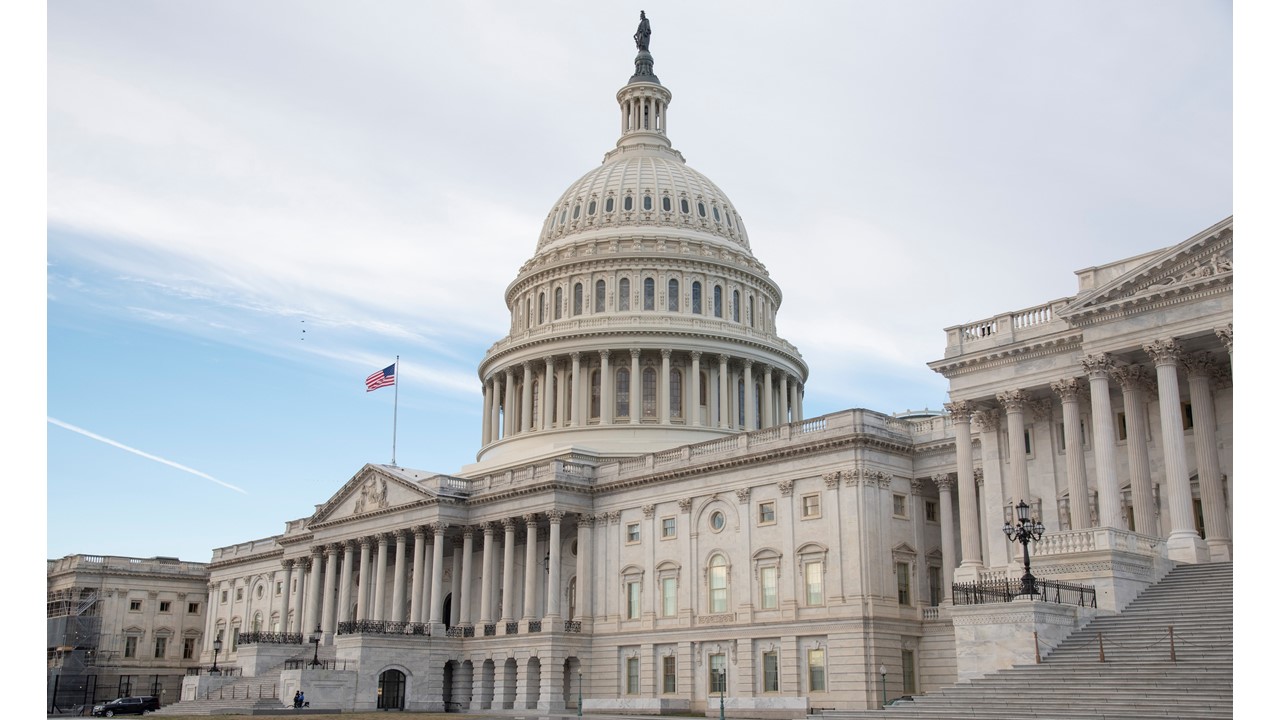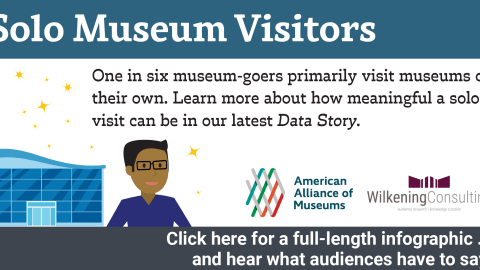
Support Field-Wide Advocacy for Museum Relief:
The current crisis is taking a distressing financial toll on cultural organizations, and AAM is no different. In these challenging times, we ask that if you can, consider supporting our advocacy work and making extensive COVID-19 resources freely available for our field, by making a donation or becoming a member of AAM. Thank you for your much-needed support.
Advocacy Alert – April 9, 2020
Urge Congress to Support Museum Community in Phase 4 Economic Relief
We must continue to make our voices heard to our members of Congress in support of museums.
While the ink is still drying on the CARES Act, Congress is very quickly developing an additional economic relief and recovery package in response to the COVID-19 pandemic and its impact across many industries.
Now is the time to contact your legislators to let them know what the museum field is facing and urge them to provide critical support for museums.
CONTACT CONGRESS ABOUT COVID-19 RELIEF
The nation’s museum community is facing an existential threat from the closures required to address the COVID-19 pandemic. Addressing this threat requires decisive action from the U.S. Congress beyond that contained in legislation enacted last month. Most museums anticipate closures and reduced visitorship through at least the end of 2020. Normal revenue from admissions fees, retail sales, and event rentals have effectively ceased, and charitable contributions are expected to continue to decline dramatically.
As phase 4 COVID-19 relief legislation is developed, we urge Congress to:
- Extend the Paycheck Protection Program and loan forgiveness through December 2020, and make nonprofits with more than 500 employees, including museums, eligible for loan forgiveness. Priority number one is to keep as many employees in their jobs as possible for as long as possible. Many museums employ large numbers of part-time and temporary employees, including students, as part of delivering their public outreach and education missions, and therefore exceed the current 500 employee cap for eligibility in this program.
- Include supplemental funding, specifically for museums, to be administered by the federal Institute of Museum and Library Services (IMLS) to cover needs not filled by the Paycheck Protection Program. This would include assisting museums in developing and sharing distance learning content, as well as pandemic recovery planning and implementation. If the Paycheck Protection Program is inadequate to meet the needs of the museum community, then the supplemental funding must include $6 billion in funding for the IMLS – Office of Museum Services specifically for museums’ general operating support and payroll.*
- Expand the universal charitable deduction provision in the CARES Act by removing the $300 cap.
- Extend the CARES Act removal of the 60% limit on Adjusted Gross Income that may be deducted through charitable gifts of cash.
- Explore potential legislation that would mandate that business interruption policies cover COVID claims, and that the federal government would 100% reinsure the claims.
- Include nonprofit museums in the House Transportation and Infrastructure Committee’s $760 billion “Moving Forward Framework” aspects of the legislation for pandemic-related health and safety infrastructure upgrades and energy-efficient retrofits.
*(The $6 billion figure is a conservative estimate based on budget numbers from several museum associations and numbers from the Oxford Economics/AAM’s “Museums as Economic Engines” study. The American Alliance of Museums calculates that museums are losing at least $33 million a day due to closures as a result of COVID-19, will be in desperate need of significant federal support, and that the U.S. Congress needs to include at least $6 billion for nonprofit museums in economic relief legislation to provide emergency assistance through December. The study shows the museum field directly employs 372,100 people and generates $15.9 billion in income each year. It costs $1.3 billion to keep 370,000 people employed per month so the estimated cost through December 2020 is approximately $6 billion minus the two-months of expected assistance from SBA-related loan programs.)
Talking Points
Museums are a robust and diverse business sector, including African American museums, aquariums, arboreta, art museums, botanic gardens, children’s museums, culturally-specific museums, historic sites, historical societies, history museums, maritime museums, military museums, natural history museums, planetariums, presidential libraries, public gardens, railway museums, science and technology centers, and zoos.
Nationwide, our museums are losing at least $33 million a day due to closures as a result of COVID-19 and will be in desperate need of significant federal support to maintain jobs, secure our cultural heritage, help to rebuild our nation’s tourism industry – and simply to survive the months to come.
Museums are economic engines. Economic impact data compiled by the American Alliance of Museums and Oxford Economics shows that this museum economy contributes $50 billion a year to the U.S. economy and generates $12 billion in tax revenue to local, state, and federal governments.
Museums also are vital local sources of employment, supporting 726,000 direct and indirect jobs annually. Museums play an essential role in the nation’s educational infrastructure, spending more than $2 billion a year on education. The destabilizing effects of the current crisis place the future of these contributions to the U.S. economy and education system at great risk. If these businesses fail during this crisis, then there will be no jobs to which many thousands of displaced workers can return.
Museums of all sizes are experiencing closures, attendance free-fall, canceled events, and layoffs. This is escalating, day-by-day, as closures and cancellations continue. Most nonprofit museums rely on earned income for at least half of their revenue; their economic lifeblood is people visiting. Dramatic declines and shutdowns in international and domestic tourism, local attendance, and increases in physical distancing have had a devastating impact on the nonprofit museum community, which operates on thin margins of financial sustainability, without large designated operational reserve funds or access to tax-relief benefits, and is often largely dependent on earned revenue from visitors passing through their doors. We estimate as many as 30% of museums, mostly in small and rural communities, will not re-open without significant additional and immediate emergency financial assistance beyond the CARES Act.
Furloughs and layoffs among museum personnel are increasing. As employers, museums care deeply about the welfare, health, and financial stability of hard-working staff, and are concerned that increasing unemployment among museum personnel may exacerbate broader community issues of lack of access to health care, food insecurity, and even homelessness that will make the COVID-19 response much more challenging.
Museums have impressive support from the public. According to a recent public opinion poll, 96% of Americans would think positively of their elected officials taking legislative action to support museums, regardless of political persuasion or community size. 97% of Americans believe that museums are educational assets, and 89% believe that museums contribute important economic benefits to their community. Museums are also the most trusted source of information in America, rated higher than local papers, nonprofit researchers, the U.S. government, or academic researchers. Museums can leverage this high level of public trust to provide education on COVID-19 and fight misinformation about its spread. By empowering the public with the information they need to make informed decisions and lower their risk of contracting or spreading disease, museums can help sustain healthy communities, maintain calm, and reduce the chances for an increase in discrimination or xenophobia often created by global diseases.
Even now, while museums are experiencing closures and significant losses in revenue, and planning for staff reductions, they are still serving an increase in demand in communities across the United States for educational resources by providing lesson plans, online learning opportunities, and “drop-off” learning kits to teachers and parents in areas where schools have closed; freely sharing virtual exhibitions and content accessible to those who are otherwise isolated; creating new digital services; maintaining their outdoor spaces to provide quiet places to relieve stress during this time of high anxiety; and supporting the families of health care workers and first responders with access to child care and meals.
Museums are community anchors, addressing challenges in times of crisis like the one we are currently experiencing. Unfortunately, we expect hardships to be faced by increasing numbers of museums in communities across the country in the months ahead underscoring the need for their continued economic relief.









Fully endorse this effort
As a zookeeper who has been fury due to the virus I urge the government to assist the cultural institutions of this land. Especially those that house living collections. Decreased staffing will lead to burnout and that leads to mistakes. This has the potential of Bering truly dangerous.
As a writer who relies on museums, historical sites and their respective archives (not to mention their incredible staff), I fully support the efforts to provide relief funds as a result of the COVID-19 Pandemic. The closing of these important institutions has been catastrophic to so many – from the micro to macro level. There are many needs in NYS and other parts of the country. But given the small amounts these institutions already receive from the state and Federal government, they should not be forgotten. They need help to recover and to handle COVID going forward.